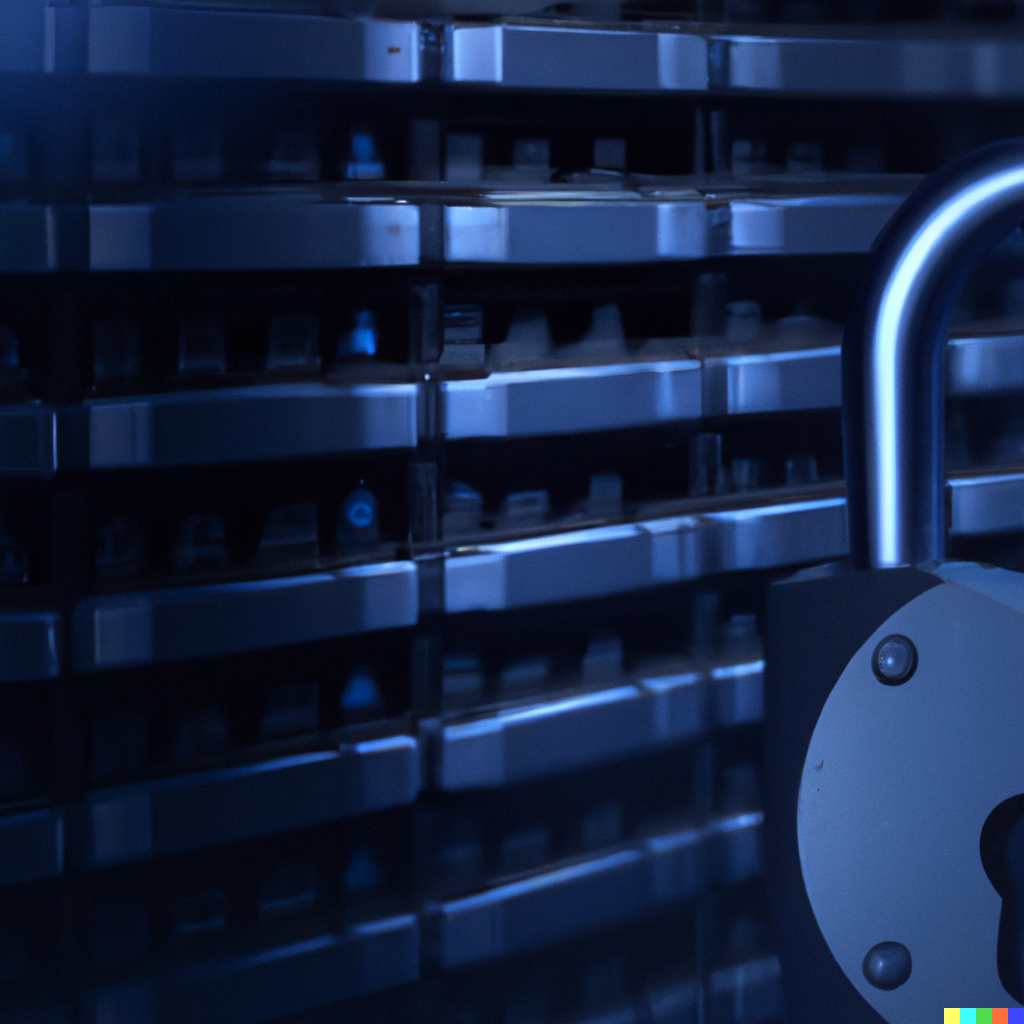Data backup
Surrounded by dangers: Ransomware attacks and how to defend your data
In today's digital landscape, ransomware attacks represent a growing threat to both businesses and individuals. Ransomware is a form of malicious software that enables attackers to gain unauthorized access to systems and encrypt valuable data. Victims are then extorted to pay a ransom in exchange for the decryption key. But how can you effectively protect yourself against ransomware and ensure successful data recovery? In this blog post, we will explore proven prevention strategies and recovery techniques to help you stay secure.
 The impregnable data fortress: A safe haven from the dangerous clutches of ransomware.
The impregnable data fortress: A safe haven from the dangerous clutches of ransomware.
The Most Important Preventive Measures Against Ransomware Attacks
Regular Software Updates
Keeping your operating systems, applications, and antivirus software up to date is essential for closing security gaps and addressing known vulnerabilities. Regular updates significantly reduce potential entry points for ransomware attacks.
Use of Antivirus Programs
Deploying reliable antivirus software helps detect and block malicious files before they can cause harm. It is crucial to keep your antivirus solution updated to stay protected against the latest threats.
Raising Employee Awareness
Employees should be educated about the risks of ransomware and trained to identify suspicious emails, links, or files. Phishing emails remain a common vector for ransomware distribution. By increasing employee awareness, you can detect and prevent potential attacks early. Employee security awareness training platforms such as Lucy are highly effective in strengthening your organization’s human firewall.
Backing Up Data
A comprehensive data backup strategy is vital for defending against ransomware. Regularly create backups on secure and reliable media. Ideally, backups should be stored offline—on external hard drives, RDX media, NAS devices, or in the cloud—to protect them from potential ransomware infection.
Backup media should be physically separated after the backup process to prevent ransomware from accessing and encrypting your backups. Consider using write-once, non-rewritable media (WORM: “write-once, read-many”) for added security. Langmeier Backup supports WORM mode, which can be activated in the options menu.
Langmeier Backup also automatically ejects backup media where possible. If physical ejection is not feasible, Langmeier Backup attempts a virtual separation of the media. However, please note that virtual separation does not replace the security of physical disconnection.
Detection and Response
Implementing a monitoring system that detects unusual activity and anomalies within your network or systems is crucial. Early detection of a ransomware attack can help contain its spread and minimize damage. In the event of an attack, immediate action is required—such as disconnecting the infected system from the network to prevent further compromise.
The full version of Langmeier Backup includes an additional installable live scanner for ransomware. This tool monitors your system for ransomware activity and, if detected, automatically shuts down the computer to prevent further data encryption.
Restoring Data
If your data has been encrypted by ransomware, you should never pay the ransom. There are several approaches to data recovery, depending on your specific situation. The most reliable method is to restore your data from offline backups.
If no backups are available, you should immediately consult a cybersecurity expert to explore recovery options. In some cases, decryption tools provided by antivirus vendors may help bypass the encryption and recover your data. However, please be aware that successful recovery is not always guaranteed.
Final Thoughts
Ransomware attacks pose a serious threat to data security. To effectively protect yourself, a combination of preventative measures and a robust data protection strategy is essential. Regular software updates, the use of antivirus solutions, and raising employee awareness are fundamental steps in preventing attacks. Additionally, creating regular backups on secure media or in the cloud is of utmost importance.
If you do fall victim to a ransomware attack, it is crucial to act quickly. Disconnect the infected system, contain the spread, and work with security professionals. Avoid paying the ransom and focus on recovering your data through existing backups or with the help of specialists.
Preventing ransomware attacks requires ongoing vigilance and adaptation to emerging threats. By staying informed and implementing appropriate security measures, you can protect your data and significantly reduce the risk of falling victim to ransomware.
about the author: Natalia Bobro
Chief Digital Transformation Officer
Natalia Bobro is Langmeier Software's Chief Digital Transformation Officer (CDTO) and in this role is responsible for the company's overall business development and strategy. As CDTO, Natalia Bobro focuses on positioning Langmeier Software as a leading technology company in the area of software and services.
Under Bobro's leadership, Langmeier Software focuses on a broad range of business areas, including artificial intelligence (AI) applications, cloud services and enterprise applications. It invests heavily in the development of new software products and solutions and promotes the introduction of AI & cloud services such as Cloud Backup, aBusiness Genius and aBusiness Suite.
Look it up further: Ransomware, Data synchronization, Security awareness, Threats, Prevention, Protection, Attack, Encryption, Data backup, Data recovery, Security vulnerabilities, Antivirus software
Related articles
Which type of backup is the best choice for my data?This is how important data backup is in real lifeFAT32 or NTFS? Which format is better for backups?
Post a comment here...
This article covers the topics:
Defending your data
Computer protection against ransomware
Defend your data
Ransomware data security



 The impregnable data fortress: A safe haven from the dangerous clutches of ransomware.
The impregnable data fortress: A safe haven from the dangerous clutches of ransomware.